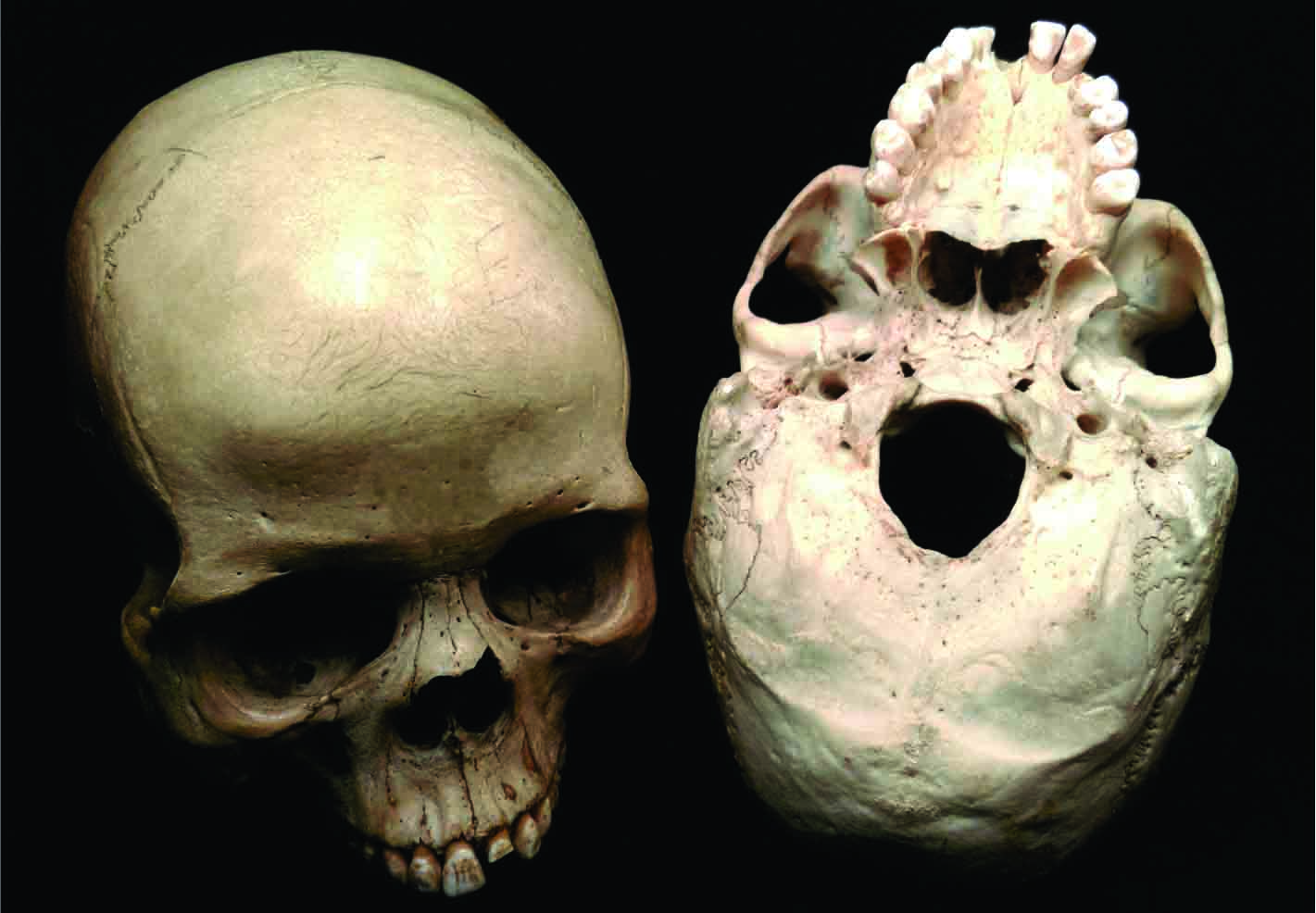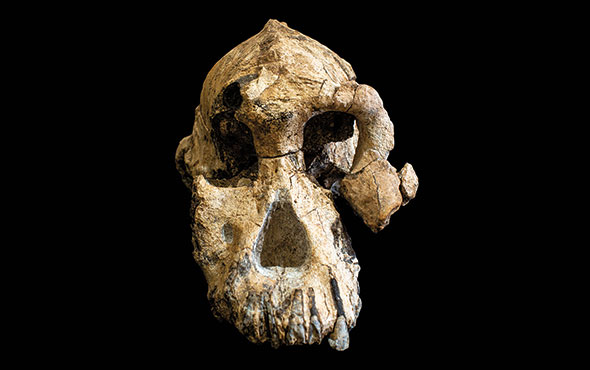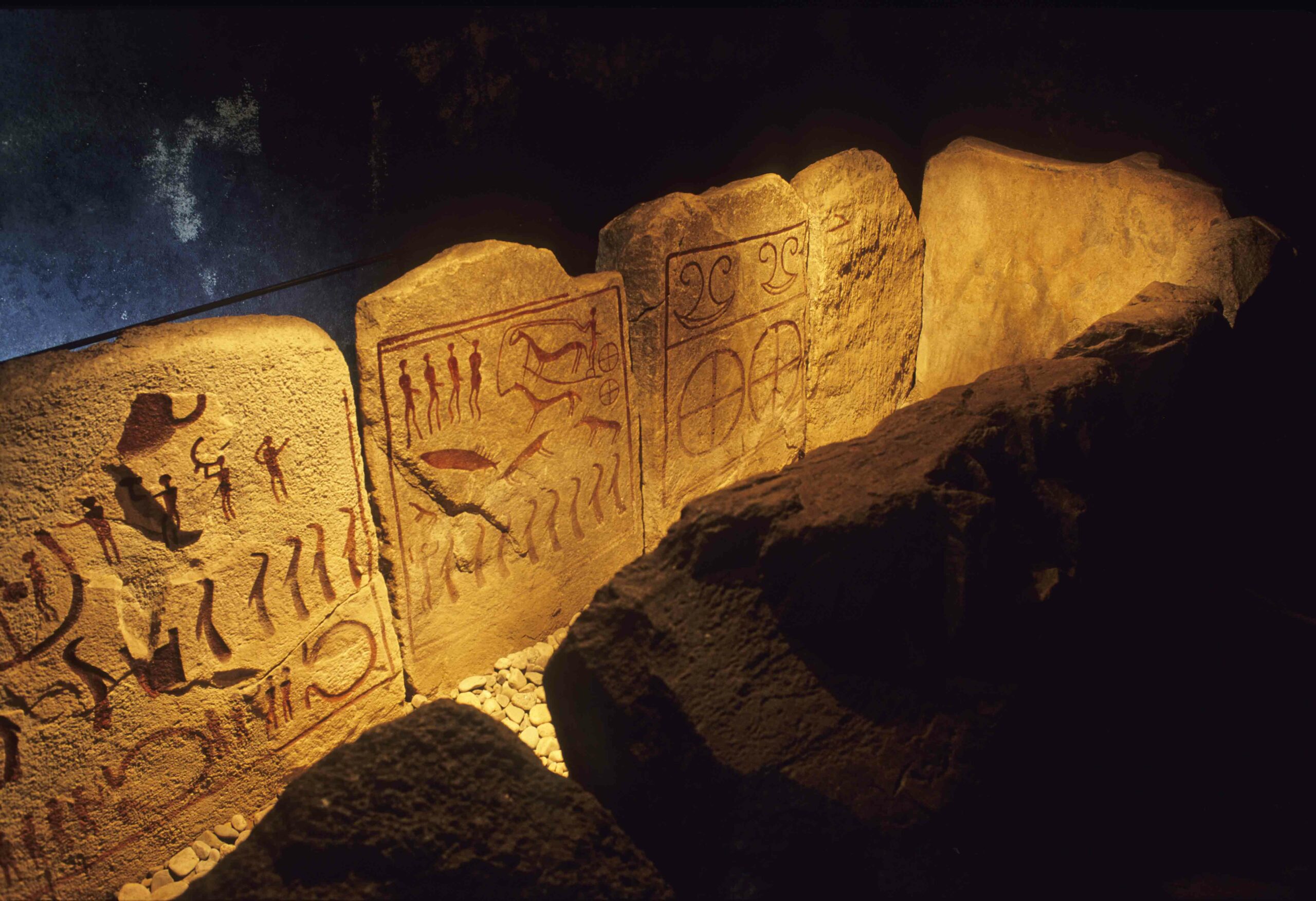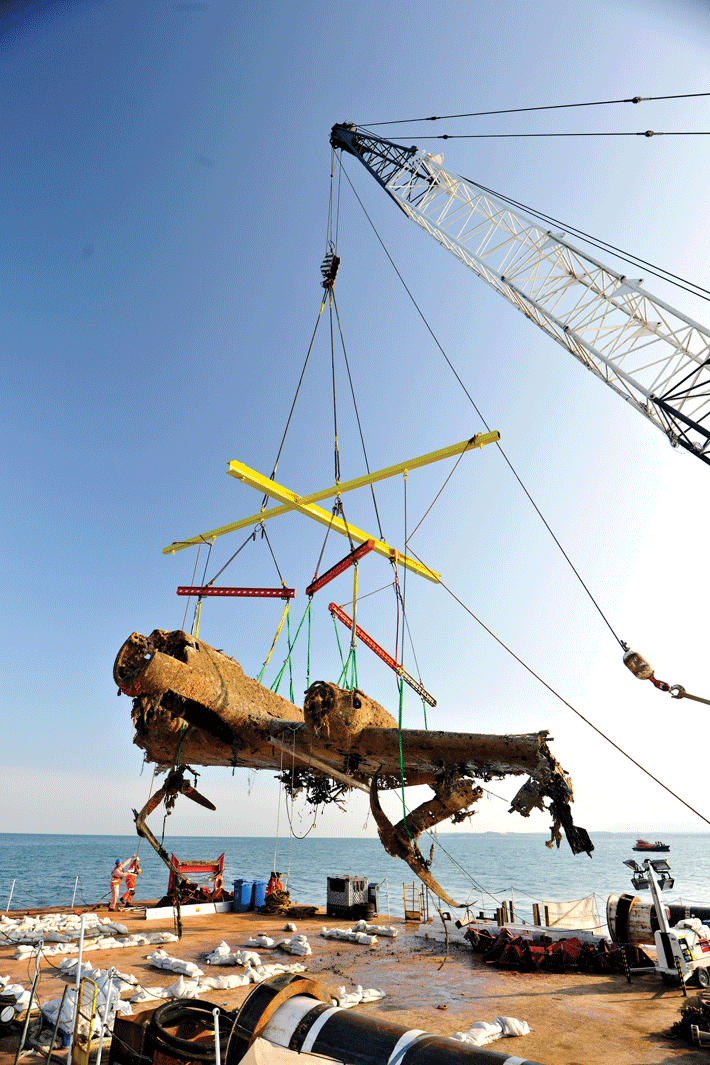
During the several-million-year journey our ancestors made from climbing trees to living their lives primarily on the ground, they evolved two traits that would ensure that our species thrive: upright posture and the ability to hurl a 100-mile-per-hour fastball. Humans are able to throw much harder and more accurately than any of the great apes, despite having much less powerful muscles than many of them. This key adaptation may have contributed greatly to Homo sapiens’ success as hunters and, in turn, to our success as a species, according to a team of researchers led by Neil Roach of George Washington University. The team studied 20 experienced throwers to uncover the reasons for this unique ability, and to understand when it may first have evolved. The secret seems to lie in our shoulders.
“For the brief instant that the throw occurs, you are storing about 50 percent of the energy that you need to create this tremendous velocity in your shoulder,” says Roach, who conducted the research while at Harvard University. When the participants cocked their arms back to throw, the tendons and ligaments in their shoulders stretched and stored up energy that was then released in a burst. Roach identified three anatomical traits that humans evolved to perform this feat—torsos that move independently of our waists, shoulders located on the sides of our torsos, and upper-arm bones shaped to increase our ability to stretch the shoulder tendons and ligaments.
“I can’t think of a better design,” says Glenn Fleisig, research director of the American Sports Medicine Institute. Fleisig has spent much of his career working on shoulder injuries. “I might make the shoulder socket deeper,” he says. “That would make it harder to have a shoulder injury, but you would have less flexibility to do other tasks.” Shoulder evolution involved a similar trade-off, as hominins lost some of their ability to move easily through trees in exchange for the improved ability to throw.
When the modern shoulder first evolved is a matter of some dispute. According to Roach and coauthor Dan Lieberman of Harvard University, the traits for modern throwing came together in Homo erectus no later than 1.6 million years ago, and possibly much earlier. Susan Larson of Stony Brook University, however, reconstructs the H. erectus shoulder differently and believes that Homo heidelbergensis was the first hominin to have modern throwing ability.
Roach and Lieberman regard the evolution of the shoulder as one part of a suite of anatomical changes that helped hominins to move out of the trees to gather new foods and begin hunting. They see natural selection acting on these new behaviors and driving further evolutionary changes that made us better runners and throwers. “There is selection for the hunting and gathering way of life,” says Lieberman.











